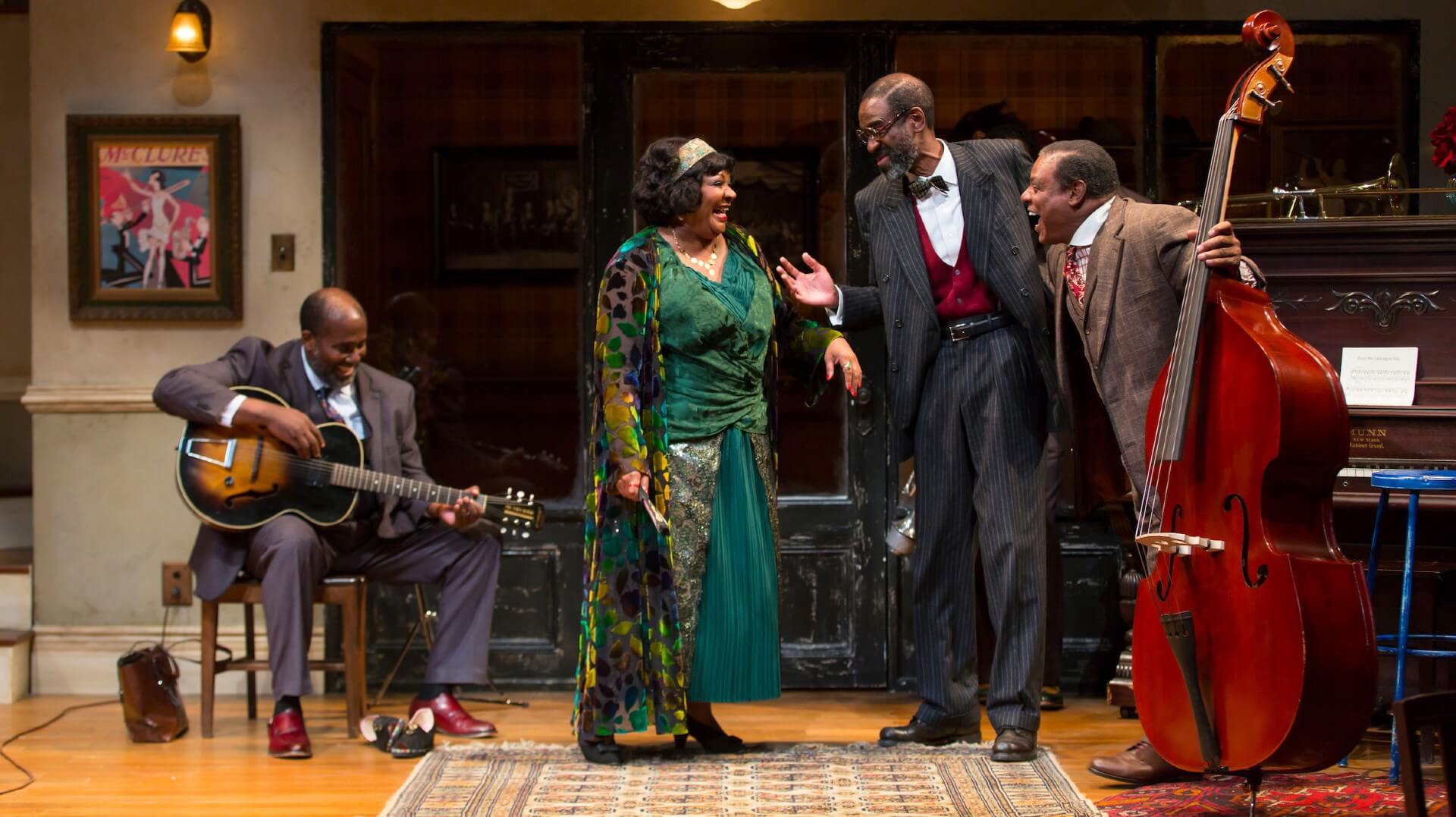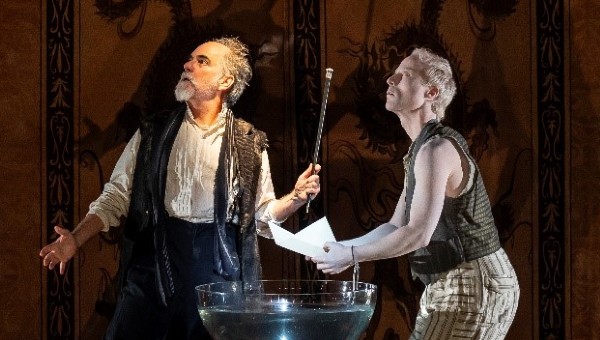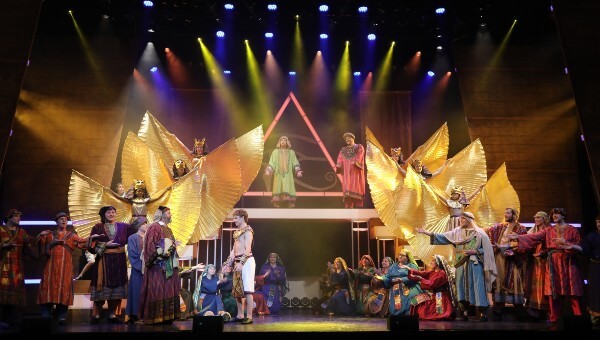Despite widespread reports of the subscription’s decline, these loyalty programs continue to generate a large amount of revenue for performing arts organizations.
Knowing what we know about audiences in 2016, what strategies are proven to help the subscription succeed?
TRG Arts is proud to bring you the stories of three arts organizations that have defied conventional wisdom by growing subscriptions:
- The performing arts center with an already-strong subscription base… whose focused campaign has grown new subscription revenue by 36% over the last two years.
- The theater that was selling more and more small packages each season… which upgraded 20% of their small package subscribers to full packages.
- The orchestra whose subscriptions had been in decline for years… whose upgrade and renewal rates are now the best they’ve been in recent memory.
Their secret? A simple, radical idea: when you commit to selling subscriptions, arts lovers will subscribe.

The client:
The Cultch (Vancouver, Canada)
The Cultch has worked with TRG Arts on and off since 2010 and had a solid subscription campaign.
After an initial jump in subscriptions, they saw slow and gradual declines in packages and revenue. While they felt confident about their renewal campaign, they wanted to evolve their acquisition campaign practices. In 2014, they asked TRG to help them use data to impact new subscriptions.
Nicole McLuckie, Director of Patron Development at The Cultch, describes the changes:
Before:
Prior to this revamp, we had two segments for our subscription campaign: renewals and acquisition. We did have many different sub-segments and upgrade offers within the renewal segment, but the
acquisition segment was very broad and included lapsed subscribers as well as best prospects, like multi-single ticket buyers.
Renewals:
- existing subscribers with many sub-segments and upgrade offers
Acquisition:
- lapsed subscribers, multi-single ticket buyers, and others
After:
In the 2014-15 season, we divided our Acquisition Campaign into three separate segments: Rebate, Reactivation, Acquisition.
- The Rebate segment consisted of lapsed subscribers from 2013-14 and 2012-13 and they were offered an instant rebate on their subscription purchase.
- The Reactivation segment consisted of lapsed subscribers from 2010-11 and 2011-12 and they were offered a subscription price point that was less than they paid the last year they subscribed.
- Acquisition then consisted of only best prospects for NEW subscriptions. We moved marketing dollars from our acquisition campaign into these Rebate and Reactivation campaigns.
Takeaways:
“It can’t be emphasized enough that the time spent on segmenting and matching the right offer to the right person pays off!”
Effective campaigns make the right offer to the right patron at the right time. Lapsed subscribers, renewing subscribers, and those who have never subscribed should get different messages.
Discounts can motivate lapsed subscribers to come back.
Acquiring new subscribers is expensive. The Cultch invested more in their acquisition campaign than in the past. The Cultch also made sure that best prospects for subscription got the most investment.
Results:
Since the 2013-14 season, The Cultch has grown subscriptions and revenue from them for two years running, with a large uptick in 2014-15, then maintaining it and growing slightly in 2015-16.
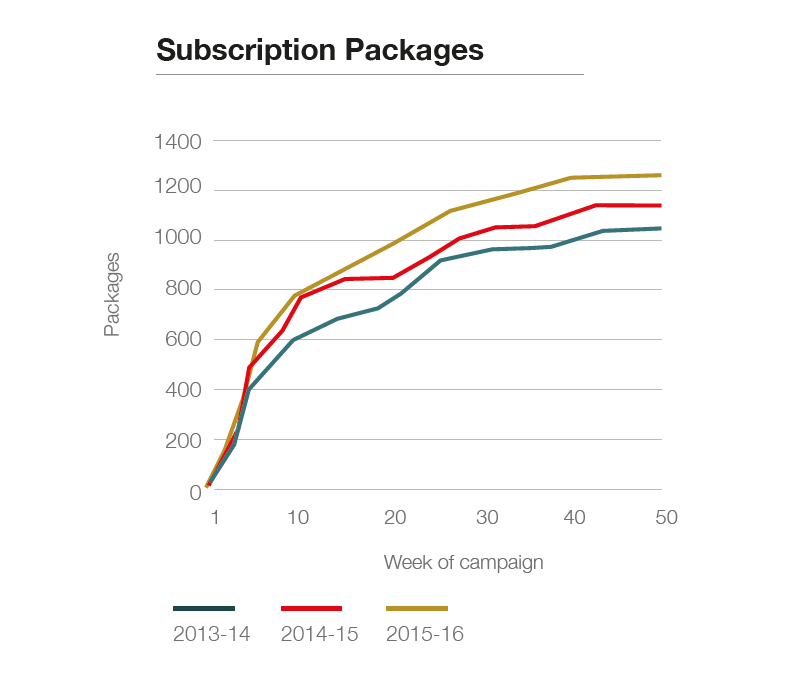
Over 2 seasons:
- 36% increase in subscription revenue
- 21% increase in subscription packages

The client:
Two River Theater Company (Red Bank, New Jersey, US)
Courtney Schroeder, Marketing Director, describes how their new upgrade campaign made subscribers to smaller packages invest more:
Before:
Two River Theater’s season runs September through June. In the past, we would begin our blind automatic renewal period in April/May and announce our upcoming season in May/June. Following the season announcement we would launch our renewal and new acquisition campaigns, which consisted of personalized letters, a season brochure, personal calls and emails. As the season progressed we would market smaller-sized subscription packages for the remainder of our season’s productions.
After:
With the help of TRG Arts we became more strategic with our subscription campaigns. We focused on moving our patrons up the loyalty ladder in order to increase revenues. A primary goal was to move subscribers with smaller 3, 4 and 5-play packages to full 6-play season subscriptions. We created more attractive marketing materials and incorporated incentives and special offers. We also began pre- populating donation asks to full-season subscribers. In the spring of 2016 we were able to announce our 2016-17 season six weeks earlier, giving us more time to promote renewals and new sales to a captive audience attending the final two productions of 2015-16 season.
What we learned:
If we move patrons up the loyalty ladder, they are likely to stay there! For the 2015-16 season we were able to entice 164 auto-renewal subscribers to upgrade into full 6-play season subscriptions from smaller 3, 4 and 5-play packages. That’s a 20% response rate, which resulted in $15,000 in additional income even after significant discounts.
However, we were uncertain how many of these subscribers would remain at the full 6-play level in year two, once the discounts and incentives were removed from the offer. To our pleasant surprise, almost every single one of these recently-upgraded subscribers renewed at the 6-play level!
Takeaways:
Don’t be afraid to be bold with your asks; chances are your patrons are capable of more than what you have been asking for!
Have a plan and be aggressive. Personalize your materials, creating enticing but strategic offers, and invest time in segmenting lists carefully.
Make sure you are reaching your patrons through multiple channels and contacting them frequently during campaign periods.
Results:
The proportion of subscribers to Two River Theater’s largest package has slowly declined over the past several years.
In 2015-16, Two River Theater was able to upgrade 20% of smaller package subscribers into the largest package. These upgrades represented nearly $15,000 in revenue.
In 2015-16, 20% upgrade of smaller package subscribers to largest package.
This resulted in a $15,000 increase of revenue.
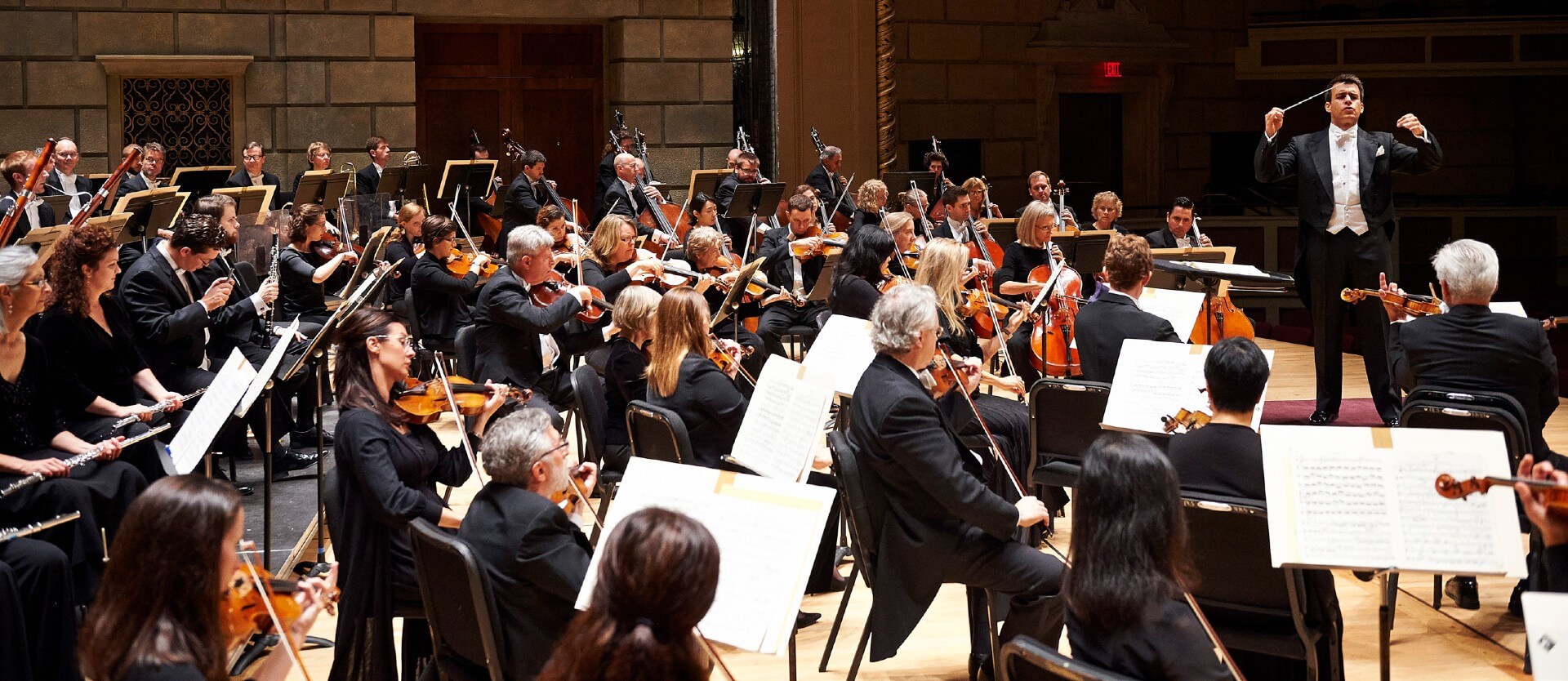
The client:
Rochester Philharmonic Orchestra (New York, US)
Katie Sejba, Vice President of Marketing & Communications, describes how the Rochester Philharmonic Orchestra (RPO) turned around subscription sales after years of decline:
Before:
The RPO was suffering from a multi-year decline in subscription sales (both revenues and packages) before partnering with TRG Arts. Our strategy was very much a ‘one size fits all’ approach with very little customization in messaging or offers. All renewing subscribers received similar letters, and the same type of renewal form and programming/package matrix. Acquisition brochures were printed in large quantities and mailed to the same patrons multiple times. All subscription packages went on sale at the same time, and most activity was focused during late winter and spring.
After:
- With the help of TRG, we overhauled our pricing to encourage patrons to upgrade. By deepening the discounts on larger packages—and highlighting the savings and perks on communications—it was more enticing for patrons to upgrade.
- The RPO team began to view the subscription campaign as a year-long campaign rather than a campaign that stopped after single tickets went on sale. We put larger packages on sale first and then added smaller packages throughout the campaign. This gave us the opportunity to approach patrons several times— not with the same brochure over and over, but with a new offering.
- Our communications with patrons became more frequent than in the past. We almost doubled the amount of direct mail that we sent to renewing subscribers, and it proved to be a sound investment for us. We started thanking subscribers with an onsite campaign during concerts in the renewal season and invited subscribers to attend two open rehearsals, a new subscriber perk.
- Having a new music director, Ward Stare, was a tremendous opportunity. We announced his inaugural season in grand fashion with a free concert emceed by Ward. The audience was ecstatic, and subscriptions went on sale that evening.
- Our subscription campaign became highly segmented, customized, and strategic. We approached each renewal segment differently to ensure that we were asking them to take the next best step. The renewal template in our ticketing system made it easy for patrons to downgrade to a smaller subscription package, and had no obvious ask to upgrade to a larger package. We created new renewal forms that placed upgrading at the forefront, even before the auto-renew option.
What we learned:
Subscription sales aren’t dead! In fact, they’re alive and well at the Rochester Philharmonic. When we committed to selling subscriptions and stayed focused on that goal, we were successful.
Don’t be afraid to make changes if something isn’t working, and use data to help guide those decisions. Commit to increasing your subscription sales as an organization—it’s not just a marketing task. Plan ahead! Having a sound plan that is laid out in advance makes it easier to implement.
Takeaways:
RPO’s new music director was a big opportunity. RPO put subscriptions on sale after his preview concert. They asked people to buy at a time when they were excited about the future of the RPO. If something exciting is happening at your organization, capitalize on it!
Customize your renewal materials and optimize them to encourage up grades, like bigger packages, higher-priced seats, and add-on donations. De-emphasize downgrade options.
Price subscriptions to incentivize your larger packages—the more a subscriber spends, the more value they get.
Results:
66% Revenue growth over one season caused by RPO’s upgrade campaign to move Choose-Your-Own (CYO) buyers into full, fixed series.
163% The amount RPO exceeded their acquisition revenue goal for the Philharmonics series six weeks into the 2016-17 subscription campaign
80% Renewal rates for both the Philharmonics and Pops series—the highest they have seen in at least 3 seasons.
The Cultch worked with TRG Arts on a variety of projects, including TRG’s Subscription Campaign Planning Sprint, custom data analysis, and a Best Practices Consultancy.
Two River Theater learned the latest best practices in subscription campaigns with a TRG’s Subscription Campaign Planning Sprint. This six-hour intensive helps you plan an entire subscription campaign, customized for your specific situation.
Rochester Philharmonic has been working with TRG Arts in a Revenue Accelerator Consultancy, TRG’s deep-dive engagement for organizations who want to shift their marketing operations toward a patron-centered approach.
